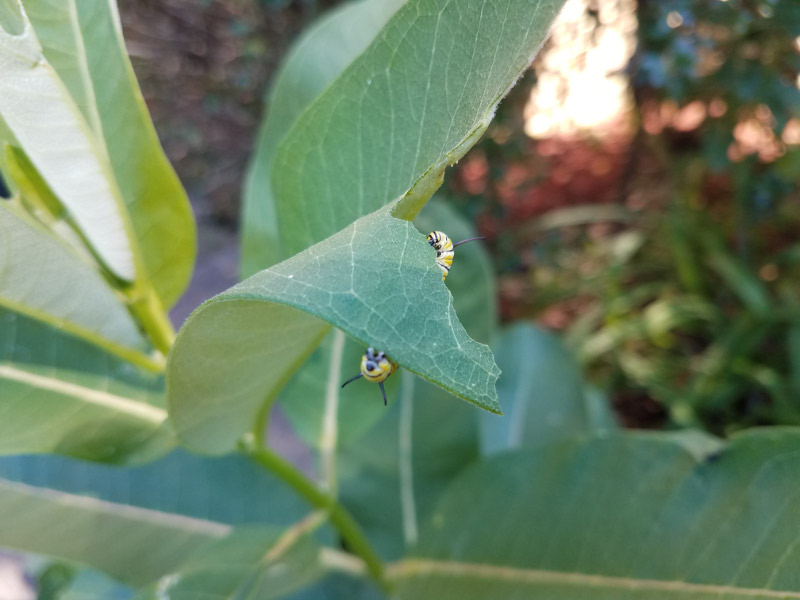Gleanings of the Week Ending September 15, 2018
/The items below were ‘the cream’ of the articles and websites I found this past week. Click on the light green text to look at the article.
BBC - Future - How China’s giant solar farms are transforming world energy – Giant solar farms that, when viewed from the air form Giant Pandas. All over the world…but in China particularly…there are more and more enormous solar farms. It’s good for the immediate future but there are still issues with what happens when the solar panels need to be recycled (i.e. in 30 or so years).
New research shows how children want their food served -- ScienceDaily – I didn’t find this a challenge…my daughter always enjoyed her food. It seems more likely to be challenging in places like school cafeterias or other institutional settings.
Photos Show the Icy Glacier Landscape of Northeast Greenland – Life lurking in the ice waters. It’s a difficult place to dive.
Landscape Plants Rated by Deer Resistance (Rutgers NJAES) – Maryland is not that far from New Jersey so this list works for us – although I wish they would mark the plants native to North America. I’d rather plant natives.
How This Popular Garden Plant May Spread Parasites That Harm Monarchs | Smart News | Smithsonian – Aargh!!!! We need to be sure we are not planting tropical milkweed in areas where it is not native….the orange butterfly weed – which is also a milkweed – is native across most of North America and a good plant to have in the garden for Monarch butterfly caterpillars.
New color-generation mechanism discovered in ‘rainbow’ weevil -- ScienceDaily – The researches from Yale propose that this mechanism might be useful for screen displays to enable the same true image from any angle and to reduce signal loss in optical fibers.
What Ötzi the Iceman’s Tattoos Reveal About Copper Age Medical Practices | Smart News | Smithsonian – There have been papers coming out about additional discoveries from the remains found in the Alps in 1991 over the years --- there was a lot we could learn and new technologies have come along to enable more than anyone thought about at first.
Night-time habits of captive flamingos -- ScienceDaily – The forage and roam! Evidently, they are more active at night in the wild as well. During the day they tend to rest and preen…that’s when courtship displays happen as well.
Muscle Clocks Play a Role in Regulating Metabolism | The Scientist Magazine® - Circadian rhythms are not just from the brain! There are timekeepers throughout the body. The peripheral clock in muscles was confirmed in 2007 and it turns out that it is important to glucose metabolism. There is still a lot to learn about all the body’s timekeepers!
BBC - Future - Are hot springs the future of farming? – Maybe there is not one strategy that is the ‘future of farming’ – but this is an interesting idea that we may see in places where it can be done effectively.















































